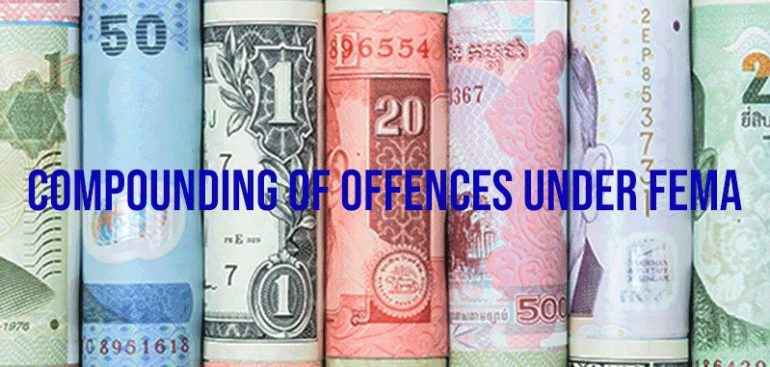Pranav Singla
Introduction
The Foreign Exchange Management Act, 1999 (FEMA) plays a crucial role in regulating foreign exchange transactions in India. However, there may be instances when individuals or entities inadvertently or negligently contravene the provisions of FEMA. In such cases, seeking compounding of contraventions before the Enforcement Directorate (ED) can provide an opportunity to rectify the mistake and avoid severe penalties. This article aims to guide individuals and businesses on how to tackle FEMA compounding contraventions before the ED effectively.
Understanding FEMA Contraventions
Before diving into the compounding process, it is important to identify the contravention that occurred. Familiarize yourself with the provisions of FEMA and ascertain the nature and extent of the violation. This will help in assessing potential penalties and consequences associated with the contravention.
Seek Professional Guidance
Given the complexity of FEMA and its implications, it is advisable to seek professional assistance. Engage a legal professional or a qualified chartered accountant with expertise in FEMA and foreign exchange regulations. They can provide valuable guidance, help you understand the nuances of the compounding process, and ensure compliance with relevant regulations.
Prepare a Compounding Application
A well-drafted compounding application is essential to present your case effectively. Include the following key elements in your application:
- Detailed Facts: Provide a comprehensive account of the facts and circumstances surrounding the contravention. Include relevant dates, transactions, and parties involved.
- Specify FEMA Provisions Violated: Clearly state the specific provisions of FEMA that have been contravened. This demonstrates your awareness of the violation and shows a commitment to rectify it.
- Quantify the Contravention: Specify the monetary value or any other quantifiable aspect associated with the contravention. This helps in assessing the seriousness of the violation and determining the appropriate compounding fees.
- Reasons for Contravention: Provide a clear and honest explanation of why the contravention occurred. Highlight any mitigating factors or unintentional errors that contributed to the violation.
- Steps Taken for Rectification: Outline the actions taken to rectify the contravention promptly. This demonstrates your commitment to compliance and rectification of the mistake.
- Supporting Documents: Include all relevant documents, such as transaction records, contracts, correspondence, or any other evidence that supports your case. Make sure to provide documents requested by the ED.
Payment of Compounding Fees
Compounding fees must be paid along with the compounding application. The fees are determined based on the nature and severity of the contravention. It is crucial to ensure that the correct fees are paid as per the FEMA compounding guidelines. Failure to pay the appropriate fees can result in the rejection of the compounding application.
Follow-Up and Cooperation
After submitting the compounding application, actively cooperate with the ED throughout the process. Respond promptly to any queries or requests for additional information from the authorities. If required, attend hearings or meetings as scheduled. Maintaining open communication and demonstrating a cooperative attitude will positively impact the outcome of the compounding process.
Obtain the Compounding Order
If the ED accepts the compounding application, they will issue a compounding order. This order will specify the terms and conditions of the compounding. It is vital to carefully review and comply with the terms outlined in the order to avoid further legal consequences.
Conclusion
Tackling FEMA contraventions through compounding before the Enforcement Directorate is a crucial step towards rectifying mistakes and ensuring compliance. By following the outlined steps in this article, individuals and businesses can effectively navigate the compounding process. Remember to seek professional guidance, prepare a comprehensive compounding application, pay the prescribed fees, cooperate with the authorities, and comply with the terms of the compounding order. By doing so, you can address the contravention under FEMA and mitigate potential penalties while striving for regulatory compliance in foreign exchange transactions.

